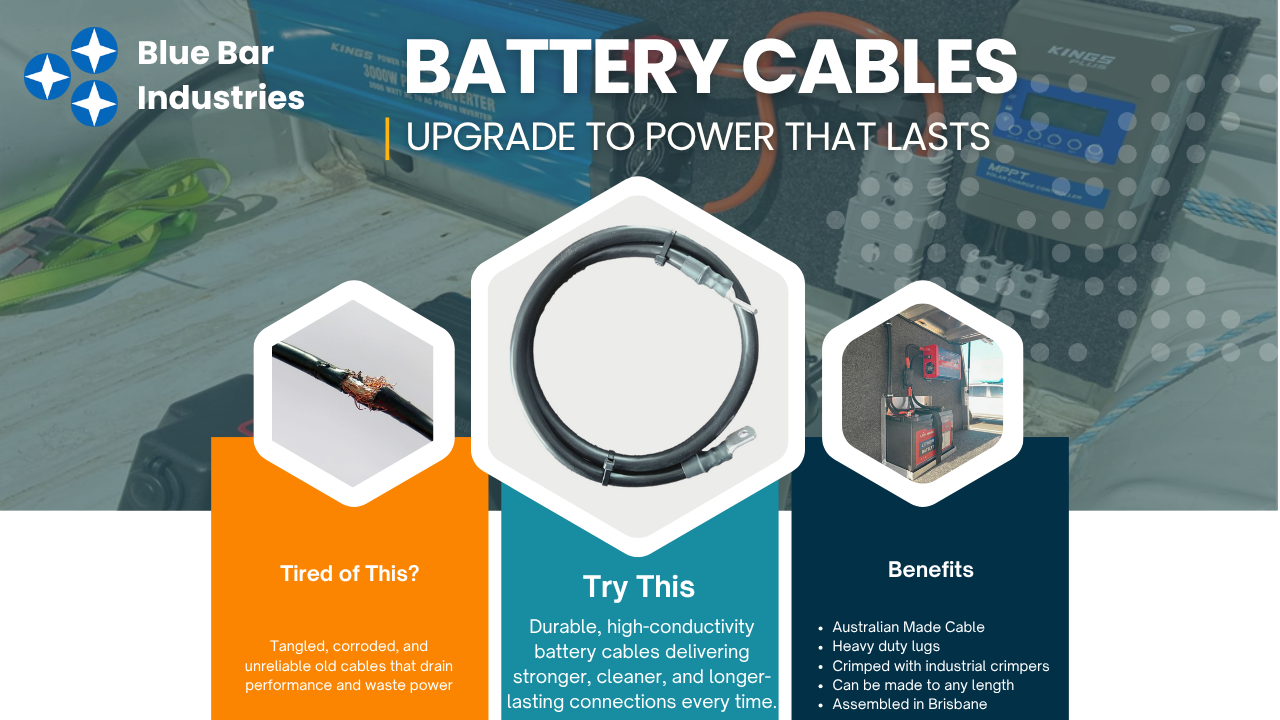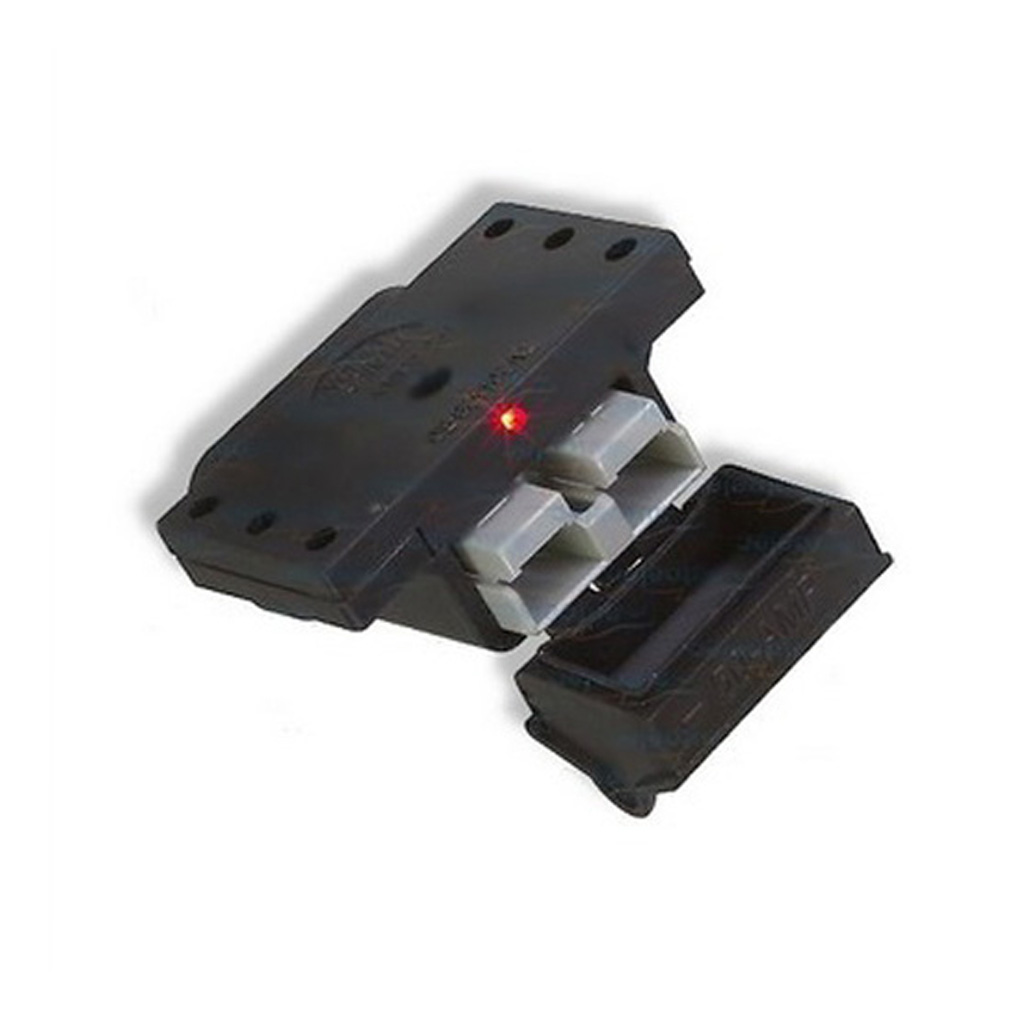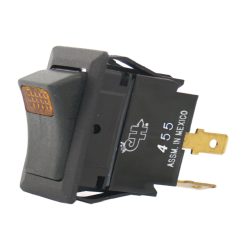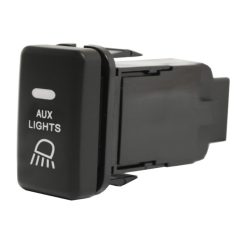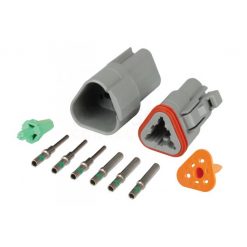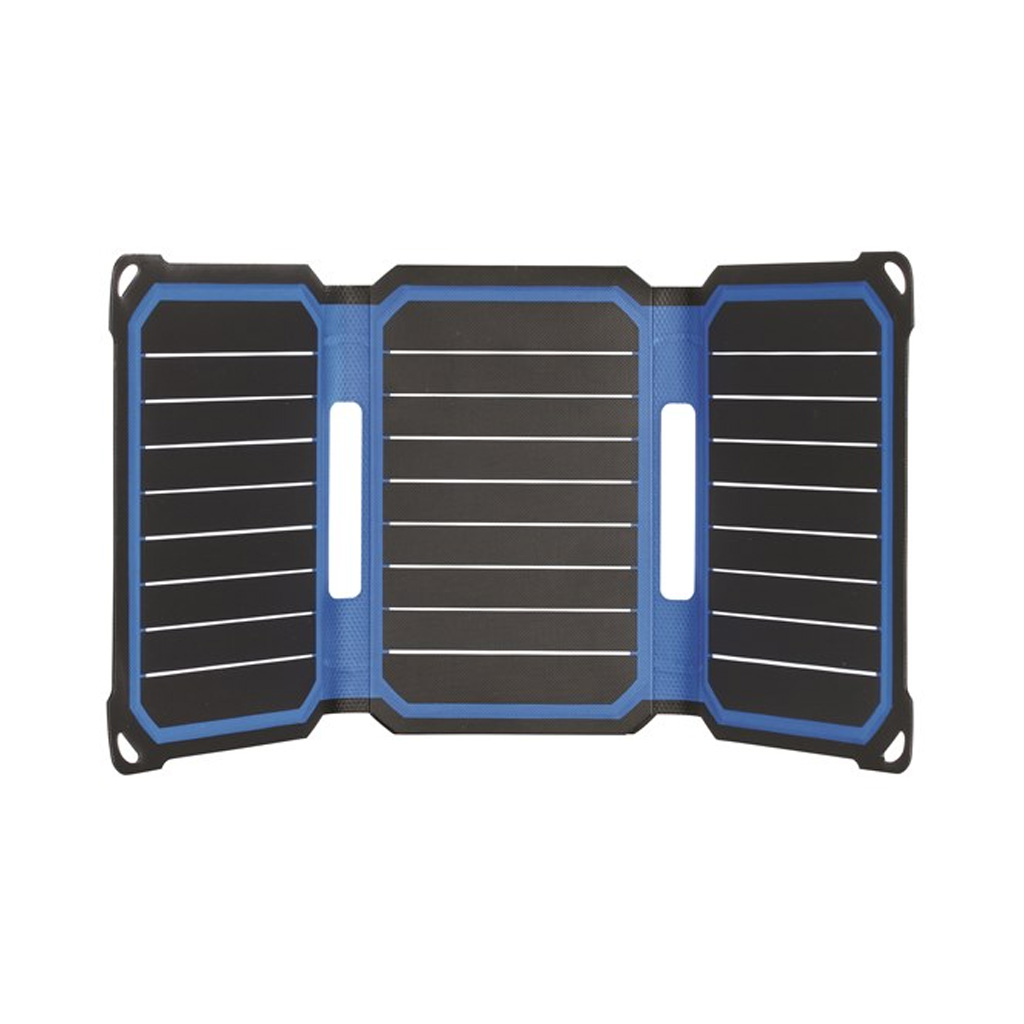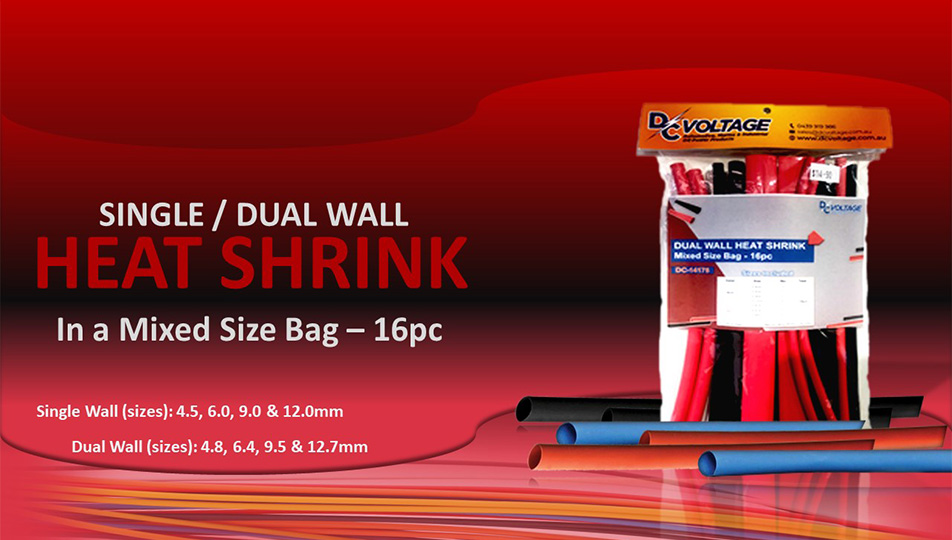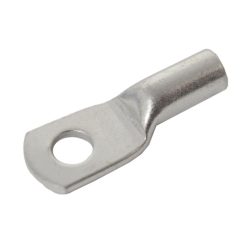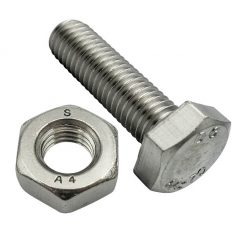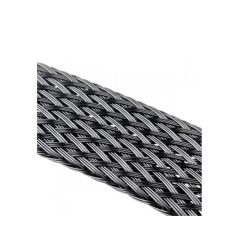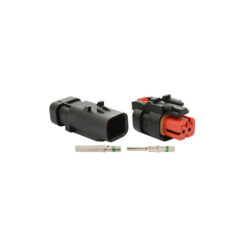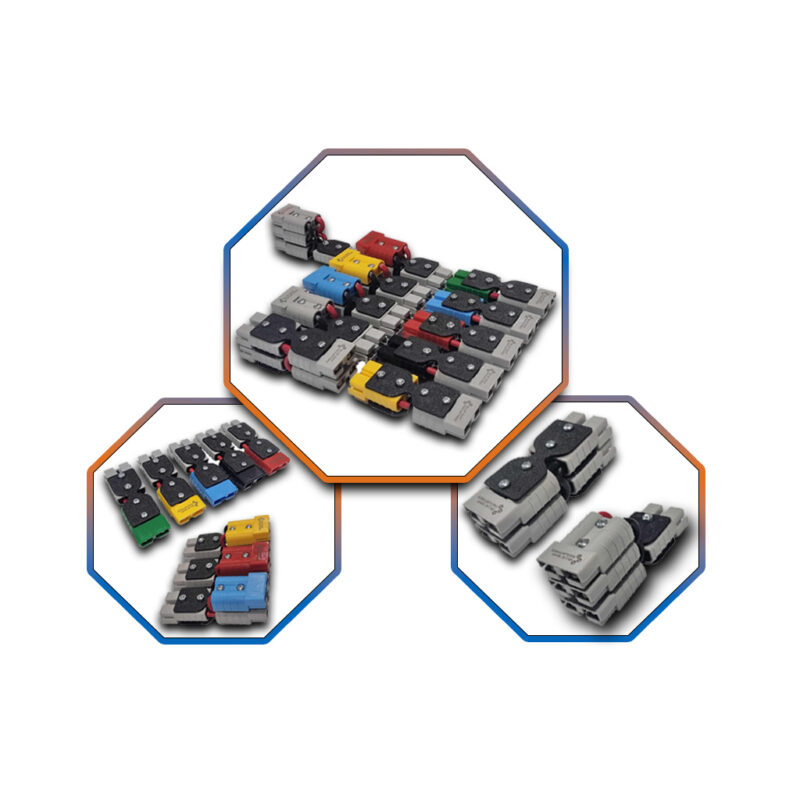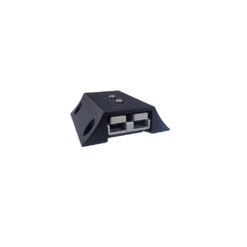General News
How Long Does It Take for a Solar Roof Ventilator to Pay for Itself in Energy Savings?
Introduction
Welcome to our comprehensive guide on solar roof ventilators and their payback period in terms of energy savings. In this article, we will delve into the details & explaining of their benefits, functioning, and the time it takes for them to recoup their initial cost through energy savings. If you’re considering investing these ventilator, this guide will provide you with all the information you need to make an informed decision.
Understanding Solar Roof Ventilators
They are also known as solar attic fans, are innovative devices that harness solar energy to efficiently ventilate and cool your roof space. They are designed to remove hot air trapped in attics or roof cavities, allowing fresh air to circulate and preventing heat buildup. By reducing the temperature in your roof space, it offer several benefits, including improved energy efficiency, reduced strain on your air conditioning system, and increased overall comfort.
How Solar Roof Ventilators Work
These are operated by utilizing solar panels to generate electricity. This electricity powers a motor that drives the fan blades, creating airflow within your roof space. The ventilator’s design enables it to extract hot air and moisture, preventing condensation and mold growth. They are equipped with sensors that activate the fan as soon as sunlight hits the solar panels, ensuring optimal performance during daylight hours.
Energy Savings and Payback Period
Now, let’s dive into the aspect that concerns many homeowners: the payback period in terms of energy savings. While the payback period may vary depending on factors such as the size of your roof, local climate conditions, and energy costs, they are generally known for their long-term cost-effectiveness.
-
Energy Savings
By installing this you can significantly reduce your energy consumption for cooling purposes. Traditional attic fans or inadequate ventilation systems can cause heat to accumulate in your roof space, making your air conditioner work harder and consume more energy. They alleviate this issue by expelling hot air and allowing fresh air to enter, thereby reducing the load on your cooling system. This results in lower energy usage, which translates into cost savings on your electricity bills.
-
Payback Period
Determining the exact payback period depends on various factors. These include your local energy rates, the size of your roof space, the number of ventilators installed, and the prevailing climate conditions. On average, they can pay for themselves within 3-5 years through energy savings. However, it’s important to note that the exact duration may vary.
Factors Influencing the Payback Period
To gain a clearer understanding of the payback period, let’s explore the key factors that can influence it:
- Roof Space Size: Larger roofs may require multiple them to ensure optimal ventilation. The number of units installed can impact the payback period.
- Energy Costs: The cost of electricity in your area plays a significant role in determining the time it takes to pay for itself. Higher energy rates can expedite the payback period.
- Climate Conditions: Regions with hotter climates may experience a more significant impact on energy savings due to increased cooling requirements. Consequently, it may have a shorter payback period in these areas.
- Local Incentives: Some regions offer incentives, such as tax credits or rebates, for installing energy-efficient systems. These incentives can further reduce the payback period.
Conclusion
Solar roof ventilators are a valuable investment for homeowners seeking to improve energy efficiency and reduce cooling costs. By harnessing the power of the sun, these ventilators effectively expel hot air from your roof space, leading to energy savings and increased comfort. While the payback period of a this varies depending on factors like roof size, energy rates, and climate conditions, the average payback period ranges from 3 to 5 years.

















